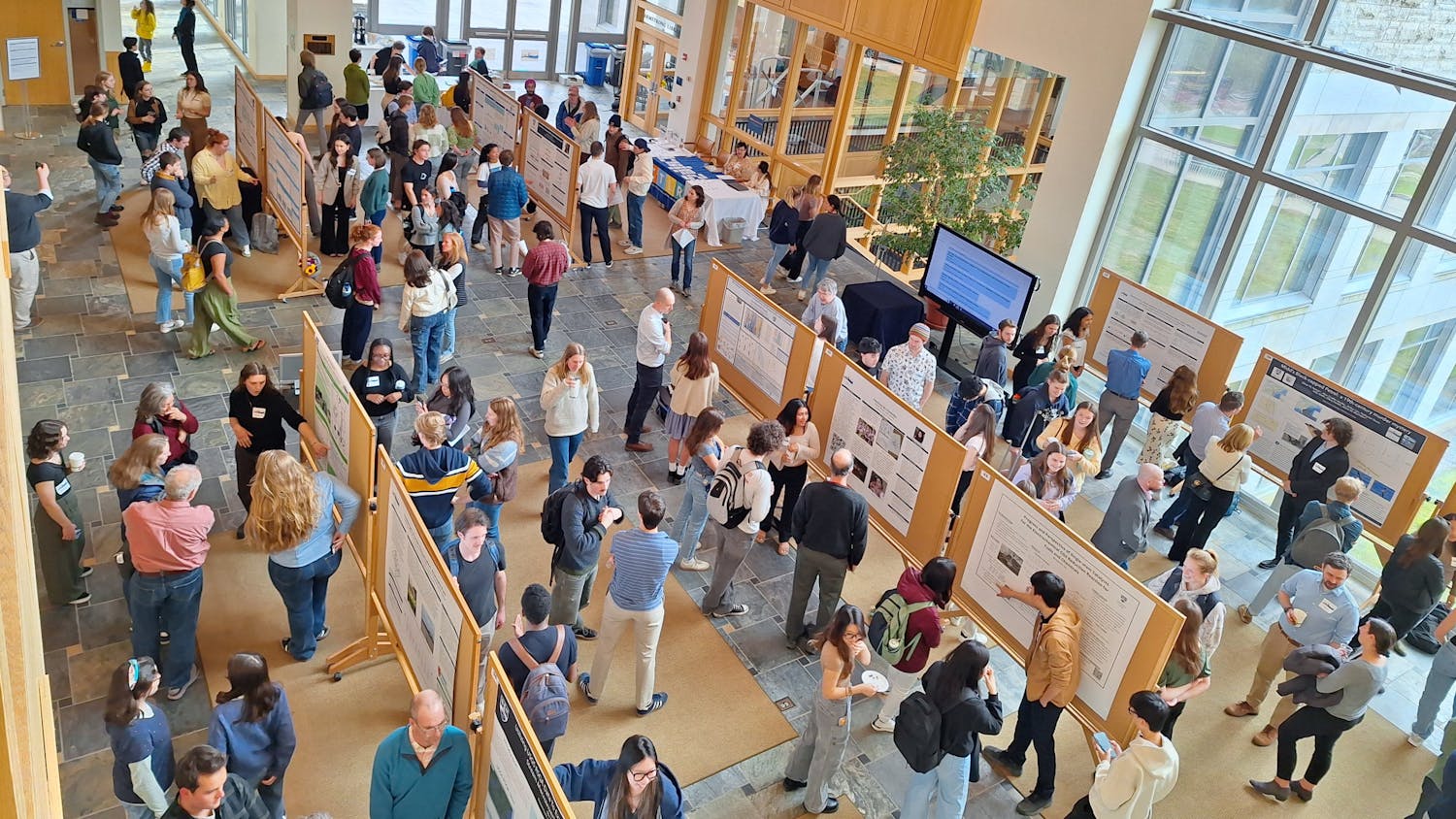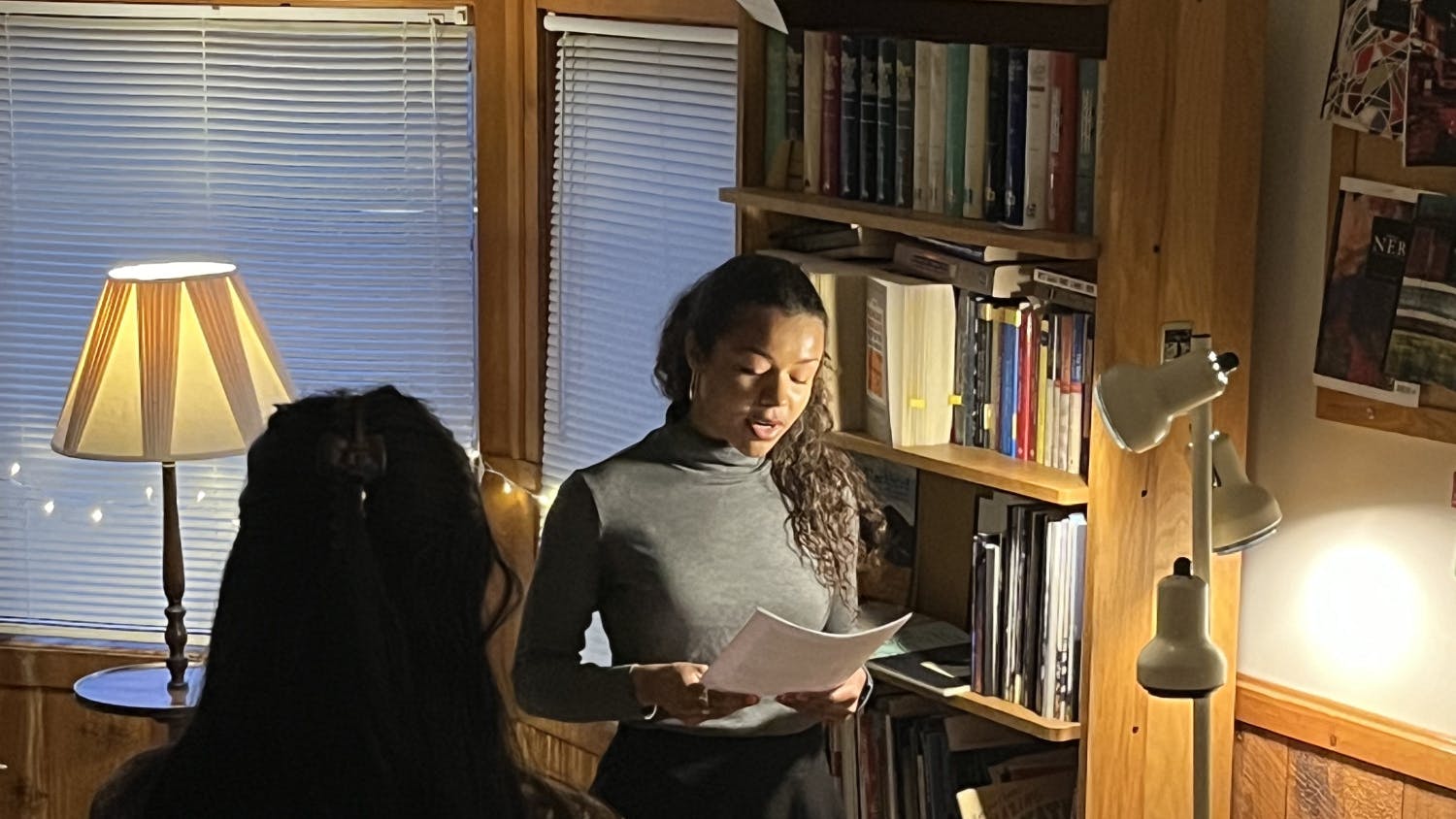Author: Meghan Michelson
Picture this — an Hispanic, an African-American, a Caucasian and an Asian person are all sitting together in a room engaging in a conversation. No, this is not the prelude to a joke; it is a realistic situation that occurs daily all over the world.
In fact, a setting similar to this probably takes place right here at Middlebury on a regular basis, considering the College's highly acclaimed statistics on the diversity of our student body. Unfortunately, however, it is not a scene witnessed very often by local Vermonters.
Vermont's ethnic profile is rather bleak. Actually, I suppose white would be a more accurate term. In the latest Census report, Vermont recorded a Caucasian population of a whopping 98.6 percent. In comparison to the national average for white persons, which is 75.1 percent, the state of Vermont is severely lacking in the diversity department.
This has inevitable effects on the state's cultural awareness and attitudes toward racial minorities. I do not by any means intend to imply that Vermonters are guaranteed to harness prejudice. The state's deprived amount of cultural influence, however, limits people's experiences with other races beside their own.
I realize that the far from tropical Vermont climate may be to blame for the fact that only .1 percent of Vermont's population is Native Hawaiian or other Pacific Islander. But it is difficult to find a legitimate excuse for Vermont's shortage of racial variance. After all, aren't skiing, leaf peeping and maple syrup pleasures enjoyed by people of all races?
In California, on the other hand, diversity is and has been a part of the state's very nature from the beginning. With 47 percent white, 29 percent Hispanic, 11 percent Asian, seven percent African-American and six percent multiracial, no ethnic group constitutes a majority.
The abundant racial differences in California are a result of interracial marriage and increased immigration, both in which California tops the national charts. Interracial marriage became legal in California in 1948, nearly two decades before the U.S. Supreme Court removed all remaining racial marriage restrictions on a national level.
Obviously California is also a little closer to a border in which people of other ethnicities reside. No offense to Canada, but the population in Vermont's neighboring foreign country is hardly the melting pot of North America.
The colorful racial population in California successfully contributes to a diversified atmosphere in nearly any setting, encouraging a wider display of cultural habits, practices and beliefs.
In California, it is not uncommon to read Spanish on billboards or encounter Chinese- speaking families in the grocery store, both of which seem to be nearly unheard of in Vermont. In the majority of small towns in Vermont, a cultural experience may comprise of dining at the one Indian restaurant within a 100-mile radius or renting a foreign film with subtitles from the local movie store.
There are unavoidable consequences of a state that claims a population that, for example, includes only .4 percent African-Americans.
The diversity in education, entertainment options and quality of ethnic restaurants are significantly affected by the state's overwhelming Caucasian majority. Anyone who has tried to get a decent burrito in Vermont will know what I mean.
To give a little credit to Vermont, despite its homogeneous population, the state is the home to a plentiful amount of characters and personalities who make up their own definitions of diversity.
The lack of racial differences is compensated for by a plentiful amount of alternative and unique types of people.
After all, where else in the nation can you find a farmer in overalls, an Olympic snowboarder, a prestigious college professor and a lesbian couple joined in civil union all living in the same neighborhood?
THE CALIFORNIA GIRL
Comments



